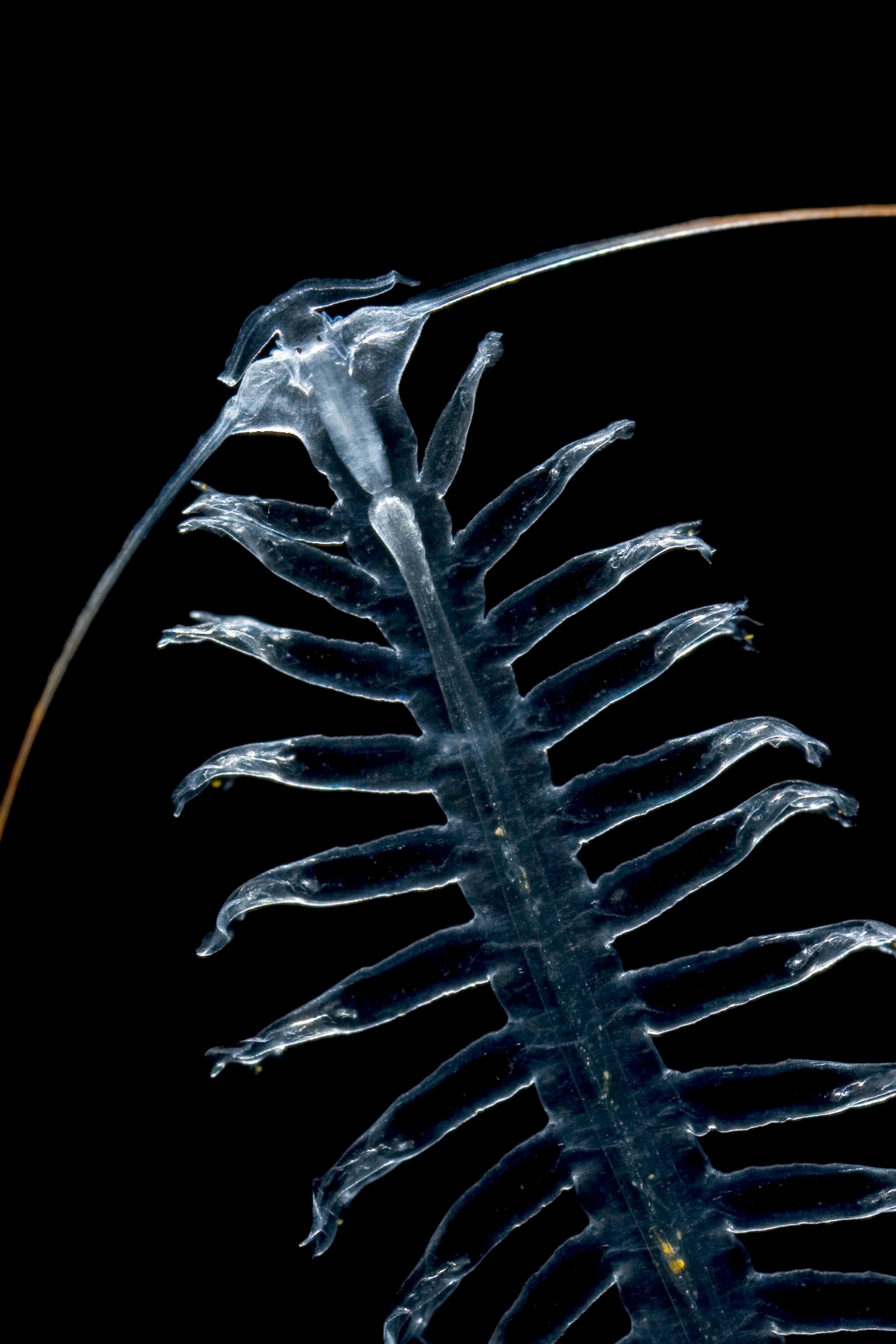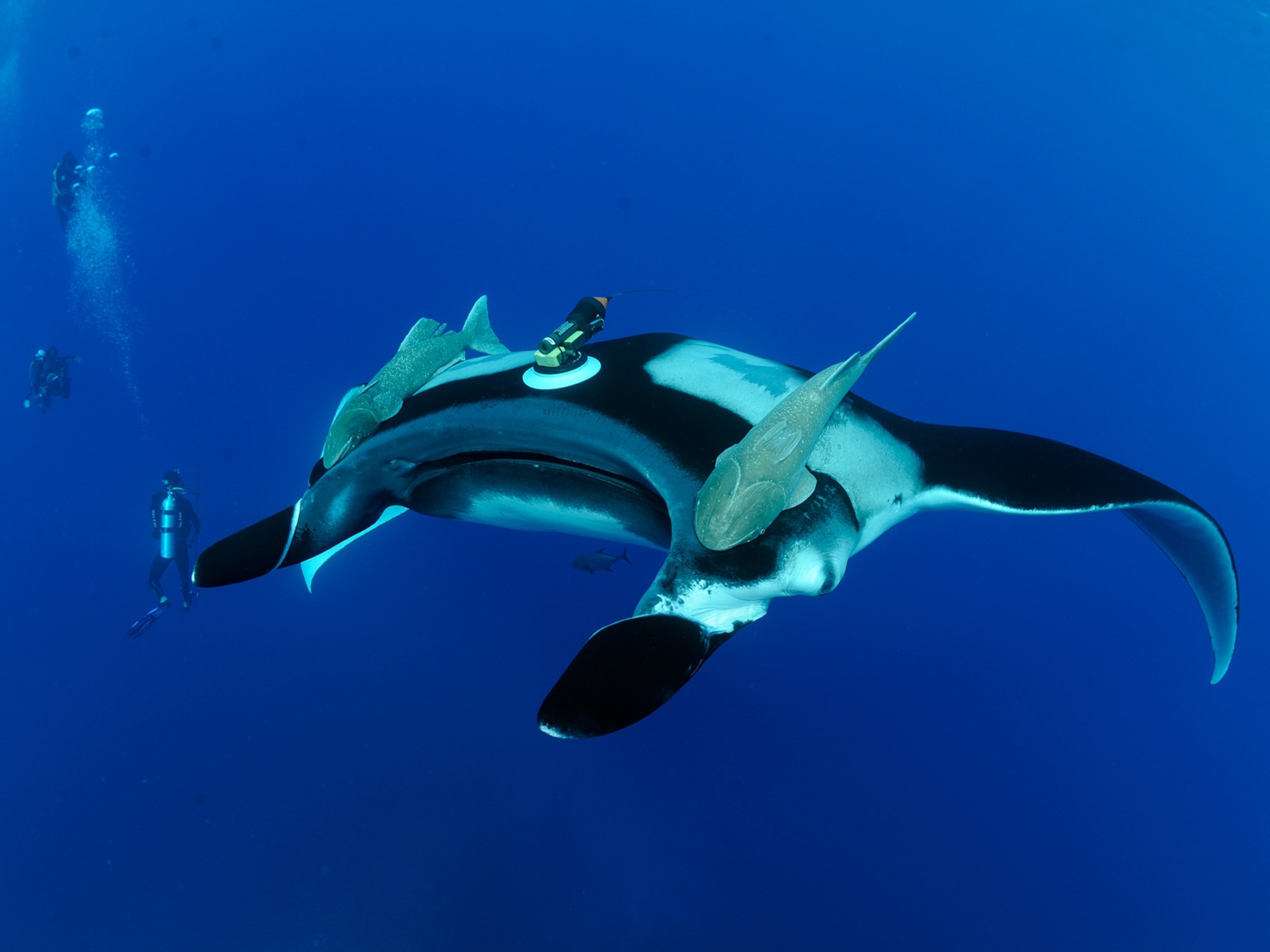





Six Pictures of Beautiful, Bizarre Worms That Slink Or Swim
It’s International Polychaete Day, so let’s give these humble, but critical-to-the-food-web, animals their day in the spotlight.
It was only a matter of time before the humble worm got its own day. July 1 is the first International Polychaete Day, and museums around the world—including the Australian Museum, London's Natural History Museum, and the Smithsonian's Natural History Museum—plan to celebrate the wonderful world of the worm.
"They're pretty critical parts of food webs," says Karen Osborn, a worm specialist with Smithsonian's Natural History Museum in Washington, D.C. "Everybody eats them and they eat everything."
Osborn helped inaugurate the day in honor of beloved polychaete researcher Kristian Fauchald, a 36-year veteran of the Smithsonian Institution, who died unexpectedly of a heart attack this past April.
Fauchald wrote the book on worms, says Osborn, "so everybody in the field, and probably every invertebrate biologist, knows who is he."
So "instead of doing some dreary memorial," Osborn says, "we [wanted to] do something to reach out and educate the public about what he really loved, which [was] polychaetes."
Luckily, the only other "day" that came close to recognizing polychaetes was National Gummi Worm Day. So worm experts were free to declare July 1, Fauchald's birthday, Polychaete Day.
"I never thought worms were creepy," Osborn says. Some species swim by fluttering specialized bristles; others are semitransparent and glisten when light reflects off of their muscle fibers. A final worm to the wise: They’re “just mesmerizing when you see them alive," she says.
Follow Jane J. Lee on Twitter.
Related Topics
You May Also Like
Go Further
Animals
- Orangutan seen using plants to heal wound for first timeOrangutan seen using plants to heal wound for first time
- What La Palma's 'lava tubes' tell us about life on other planetsWhat La Palma's 'lava tubes' tell us about life on other planets
- This fungus turns cicadas into zombies who procreate—then dieThis fungus turns cicadas into zombies who procreate—then die
- How can we protect grizzlies from their biggest threat—trains?How can we protect grizzlies from their biggest threat—trains?
Environment
- What La Palma's 'lava tubes' tell us about life on other planetsWhat La Palma's 'lava tubes' tell us about life on other planets
- How fungi form ‘fairy rings’ and inspire superstitionsHow fungi form ‘fairy rings’ and inspire superstitions
- Your favorite foods may not taste the same in the future. Here's why.Your favorite foods may not taste the same in the future. Here's why.
- Are the Great Lakes the key to solving America’s emissions conundrum?Are the Great Lakes the key to solving America’s emissions conundrum?
- The world’s historic sites face climate change. Can Petra lead the way?The world’s historic sites face climate change. Can Petra lead the way?
History & Culture
- Meet the ruthless king who unified the Kingdom of Hawai'iMeet the ruthless king who unified the Kingdom of Hawai'i
- Hawaii's Lei Day is about so much more than flowersHawaii's Lei Day is about so much more than flowers
- When treasure hunters find artifacts, who gets to keep them?When treasure hunters find artifacts, who gets to keep them?
Science
- Why ovaries are so crucial to women’s health and longevityWhy ovaries are so crucial to women’s health and longevity
- Orangutan seen using plants to heal wound for first timeOrangutan seen using plants to heal wound for first time
Travel
- A slow journey around the islands of southern VietnamA slow journey around the islands of southern Vietnam
- Is it possible to climb Mount Everest responsibly?Is it possible to climb Mount Everest responsibly?
- 5 of Uganda’s most magnificent national parks
- Paid Content
5 of Uganda’s most magnificent national parks




